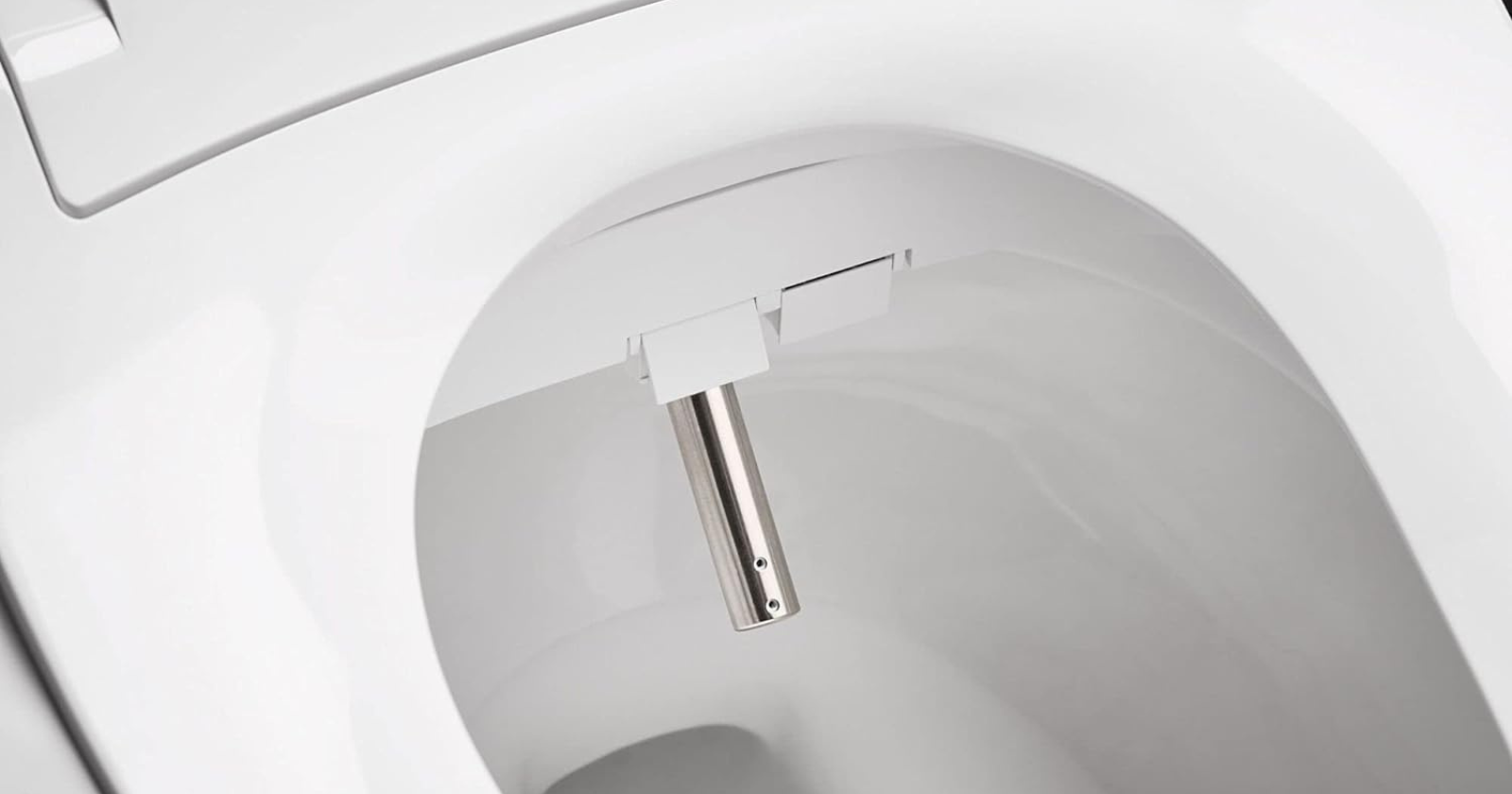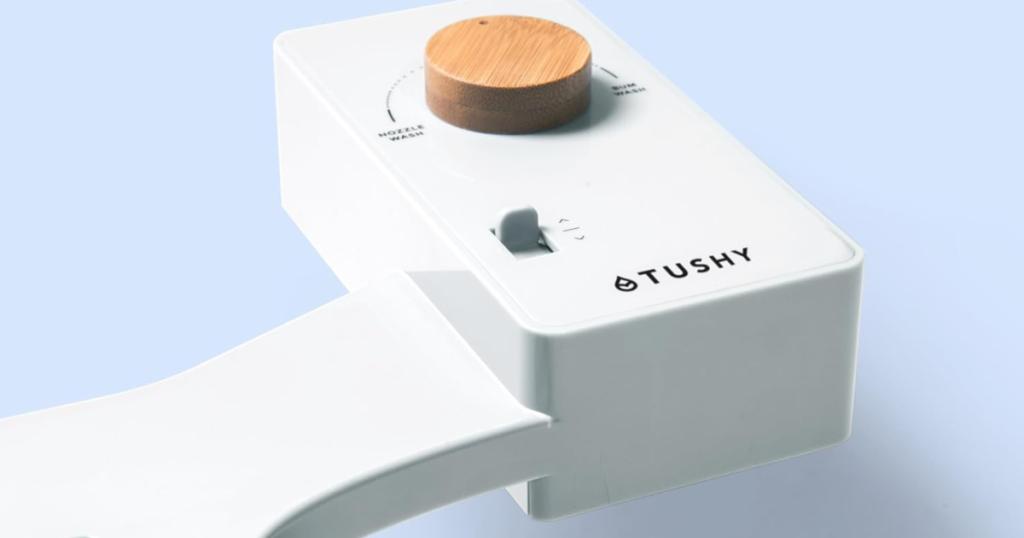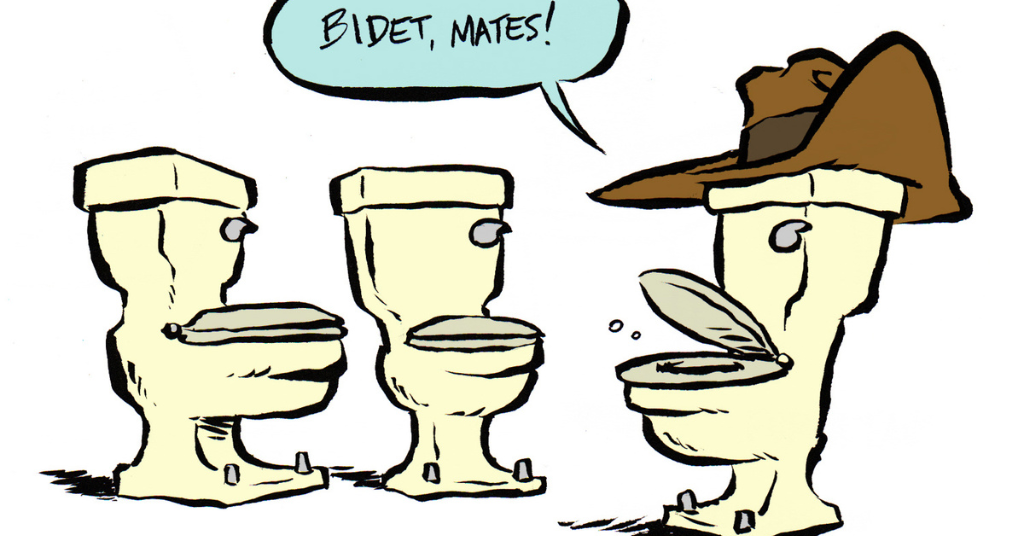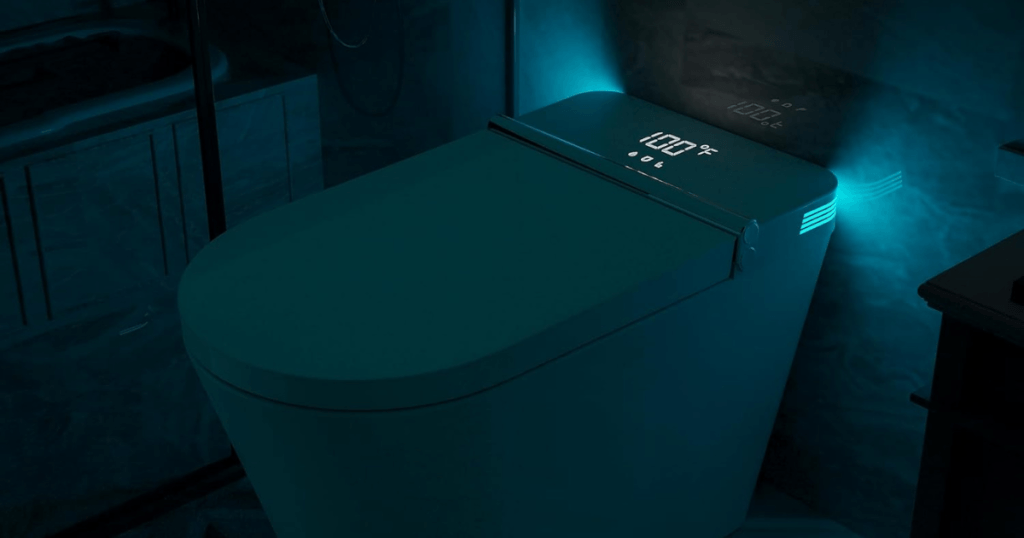
When it comes to upgrading your bathroom experience, the debate between manual vs. electronic bidets is one that many homeowners find themselves engaged in. Each type offers distinct advantages and caters to different needs and preferences.
In this review, we’ll explore the key differences between manual and electronic bidets, examining their features, benefits, and overall performance to help you make an informed decision.
Whether you prioritize simplicity and cost-effectiveness or seek advanced functionalities and luxury, understanding the nuances of manual vs. electronic bidets is essential for choosing the perfect option for your home.

Comparison of Manual and Electric Bidets
Manual and electric bidets offer unique features and benefits, tailoring to different user needs and preferences. Below, we’ll explore functionality, installation process, and cost considerations.
Manual vs. Electronic Bidets-Key Differences
A manual bidet relies on mechanical parts. These bidets typically use a knob or lever to adjust the water pressure but lack advanced features. They often provide basic functions like front and rear wash.
In contrast, an electric bidet offers a suite of advanced features. These include an adjustable stream of water, a heated seat, and adjustable water temperature. They may also have personalized settings for feminine wash and rear wash.
| Feature | Manual Bidet | Electronic Bidet |
|---|---|---|
| Warm Water | ❌ | ✅ |
| Air Dryer | ❌ | ✅ |
| Heated Seat | ❌ | ✅ |
| Installation | Easier | Complex |
| Initial Cost | Lower | Higher |
Manual bidets might appeal to those who prefer simplicity. Electric bidets cater to users seeking enhanced cleaning and comfort features.
Installation and Bathroom Compatibility
Manual bidets are relatively simple to install. They typically connect directly to the existing toilet’s water supply and don’t require electrical work, making them ideal for DIY enthusiasts who want a straightforward installation.
Electric bidets usually require both water and power connections. They need a nearby electrical outlet—preferably a GFCI outlet for safety. Due to this, installation might involve hiring a plumber or electrician.
Both types of bidets can fit most elongated and round toilets. However, you should always check their compatibility with your bathroom setup.
Understanding Cost and Installation Process
Manual bidets are generally more affordable. Quality manual bidets can be found for under $100, making them budget-friendly options. These cost savings come largely from the simpler installation process and fewer features.
Electric bidets are more expensive, often starting around $200 or more. These higher prices reflect the added features like a heated seat and adjustable water pressure. Additionally, the need for professional installation can further raise costs.
When considering overall expenses, include potential increases in your electricity bill if you opt for an electric model. While more expensive upfront, the convenience and luxury features may justify the cost for many users.

User Experience and Convenience Features
When comparing manual and electronic bidets, it’s important to consider how each type affects convenience and user comfort. Factors like comfort options, maintenance needs, and accessibility can greatly influence your choice.
Comfort and Personalization Options
Electronic bidets offer a variety of comfort and personalization features that manual bidets do not. They often come with heated seats and options to adjust the temperature of the washing water. Brands like the TOTO Washlet include warm water and adjustable spray settings, providing a luxurious experience.
You can also find features like remote controls and preset functions that allow multiple users to save their preferred settings. Models such as the SmartBidet offer additional customization, such as air dryers and LED lights.
Manual bidets, like the TUSHY Classic, are simpler but reliable. They lack advanced features but still offer basic comfort through straightforward water pressure control. Personal preferences and lifestyle will play a big role in determining which you find more comfortable and convenient.
Maintenance and Long-Term Use
Non-electric bidets tend to require less maintenance. Fewer components make them easier to clean and have less potential for things to break down. They don’t consume energy, making them more environmentally friendly and cost-effective in the long run.
On the other hand, electric bidets have advanced features like self-cleaning mechanisms, which can simplify regular upkeep. However, because of their multiple electronic parts, they might need professional servicing if issues arise.
Considering their higher initial cost—often over $200—it’s crucial to consider whether electronic bidets’ added convenience and features are worth the potential ongoing maintenance.
Safety and Accessibility Considerations
Electronic bidets offer greater accessibility for users with mobility issues. Features like remote controls and automatic functions can make bathroom use easier for those with disabilities. Some also come with soft-close lids and night lights, which are useful for nighttime use.
Manual bidets lack these advanced safety features, which might make them less suitable for all users. They still provide the basic function of cleansing but might require more effort in operation.

Economic and Environmental Impact
Both manual and electronic bidets offer unique advantages in terms of cost efficiency, savings, and environmental impact. It is important to explore how each type addresses these aspects to make a more informed decision.
Cost-Efficiency and Savings
Manual bidets are budget-friendly and often have a lower initial cost compared to electric bidets. They don’t require electricity, which can save on utility bills. Installation is usually straightforward, making manual bidets an affordable option for immediate home improvement.
In contrast, electric bidets can be more expensive upfront. However, they offer advanced features such as warm water options and adjustable water pressure, which might add to the perceived value. Over time, manual and electric bidets can significantly save costs by reducing the need for toilet paper.
Here’s a quick comparison:
- Manual bidets: Low initial cost, no electricity required, longer-term budget savings.
- Electric bidets: Higher initial cost, potential savings on toilet paper, and possibly lower utility costs for high-end models.
Adjusting water pressure and cold water options in manual bidets makes them an inexpensive upgrade to any home.
Sustainability and Water Usage
Using bidets can be more sustainable compared to toilet paper. For example, toilet paper production involves tree cutting and significant water usage. Manual bidet attachments typically use much less water than is required to produce a single roll of toilet paper.
Electric bidets consume energy, which can offset some environmental benefits. However, they still reduce toilet paper usage, which has a larger overall impact on resources. According to Scientific American, bidets are considered a “key green technology” because they eliminate the use of toilet paper, saving both forests and water resources.
- Manual bidets: Minimal water use, no electricity, very eco-friendly.
- Electric bidets: Higher energy use but lower toilet paper use promotes sustainability.
Choosing between a manual or electric bidet involves weighing immediate and long-term environmental benefits.
Wrapping Up
The choice between manual and electronic bidets ultimately depends on your personal preferences and bathroom needs. Manual bidets offer simplicity, affordability, and reliability, making them excellent choices for those who prefer a straightforward approach to hygiene.
On the other hand, electronic bidets offer a touch of luxury and advanced features, providing a more customizable and convenient experience. By weighing the benefits and drawbacks of each type, you can confidently select the bidet that best suits your lifestyle.
Whether you opt for the no-fuss functionality of a manual bidet or the high-tech convenience of an electronic one, both options will enhance your bathroom routine in their unique ways.

What are the main benefits of using an electric bidet over a manual one?
Electric bidets offer a range of features, such as adjustable water temperature and pressure controls, and often include air dryers, which a manual bidet typically lacks. These can enhance comfort and personalize your bathroom experience.
How does a handheld bidet compare to other types in terms of convenience and hygiene?
Handheld bidets provide us with direct control over the cleaning process. This can be beneficial for precision and thoroughness. However, they may require more manual dexterity and can be less convenient than fixed bidet seats.

